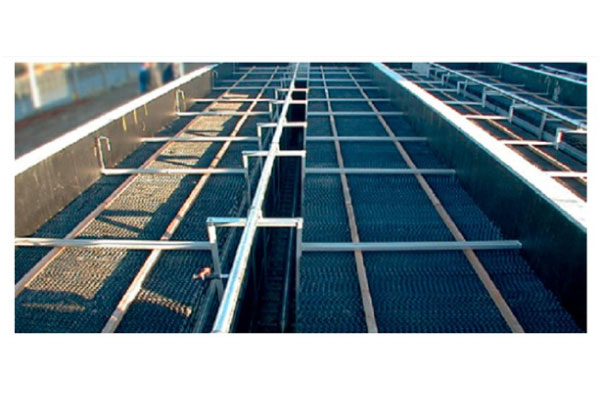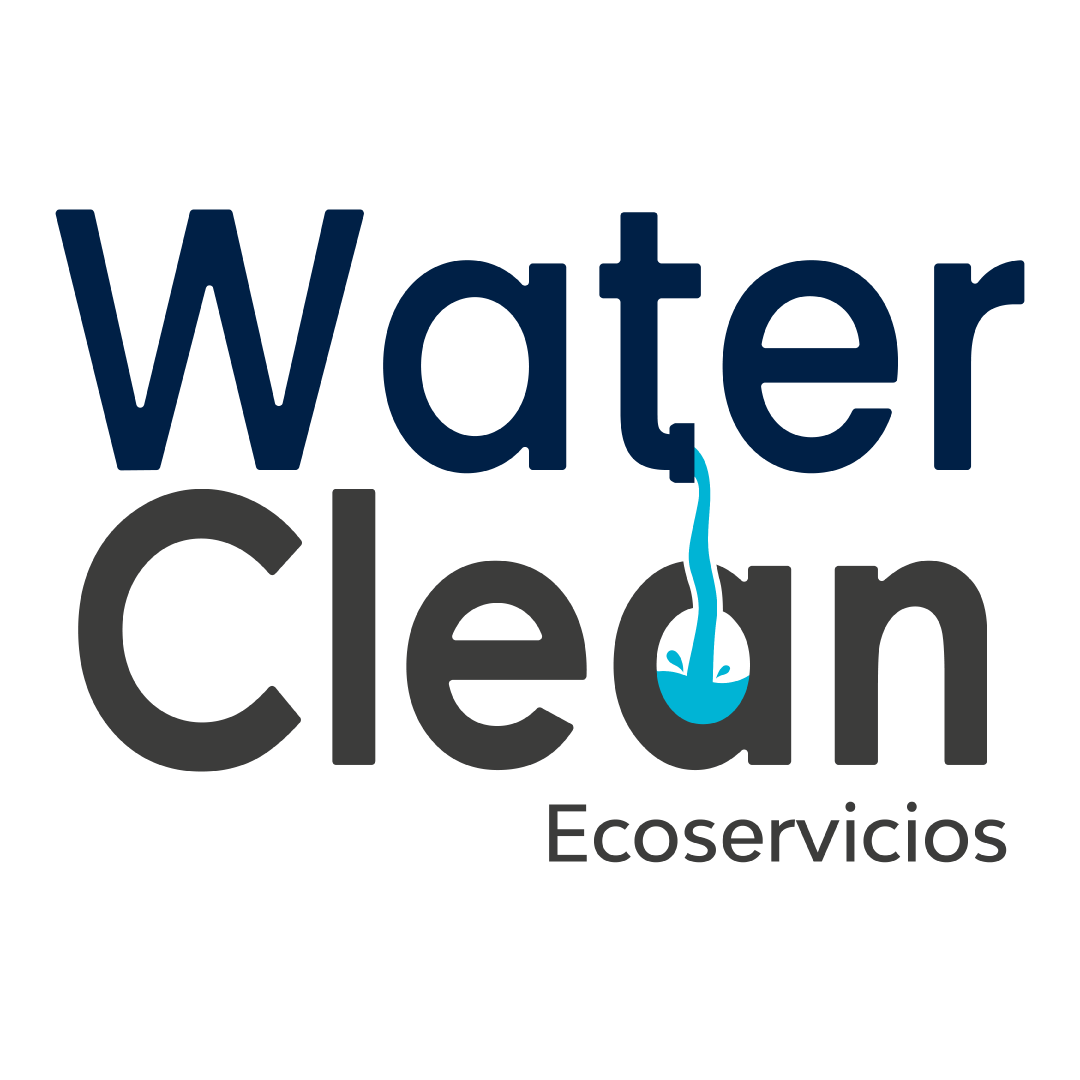

Wastewater is the water generated by all human activities, whether domestic, commercial or industrial, including sewage from toilets and graywater, which is used in sinks, washing machines and bathrooms.
In order for this water to be suitable for reintroducing into the environment, it must go through several processes according to the different types of wastewater treatment plants. Here are the main processes:
Removes heavy materials that can settle to the bottom using physical and chemical treatments. In some cases, wastewater is left for a period of time in large tanks with chemicals that make sedimentation faster and more efficient.
Eliminates waste and substances that were not eliminated by sedimentation in order to remove biological oxygen demands. This treatment includes biological and chemical processes.
Is the process by which suspended solids in wastewater are allowed to settle by gravity. Bacteria growing in this medium are removed in a secondary sedimentation tank and put back into a vent tank.
Consists of special physical and chemical processes to clean water of pollutants such as phosphorus, nitrogen, minerals, heavy metals, viruses, organic compounds, etc. This treatment is usually more expensive than the previous ones and is used to purify industrial waste.
Wastewater treatment or wastewater purification consists of a series of physical, chemical and biological processes aimed at eliminating pollutants present in effluent water from human or other uses.
The purpose of sewage treatment is to preserve the health of the environment around us, and to achieve this the following is necessary:
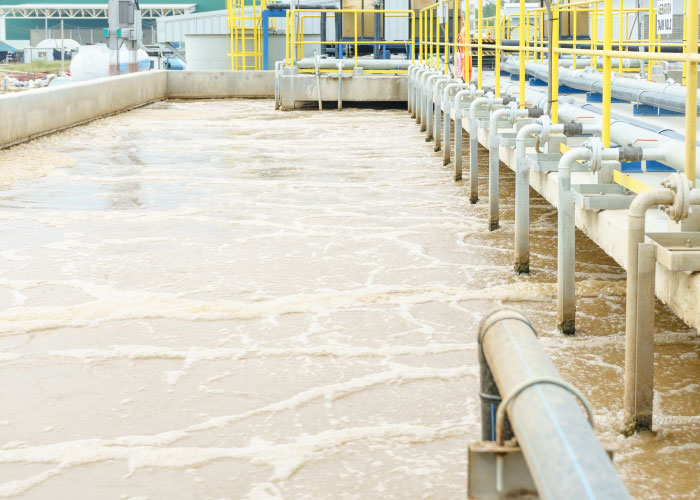

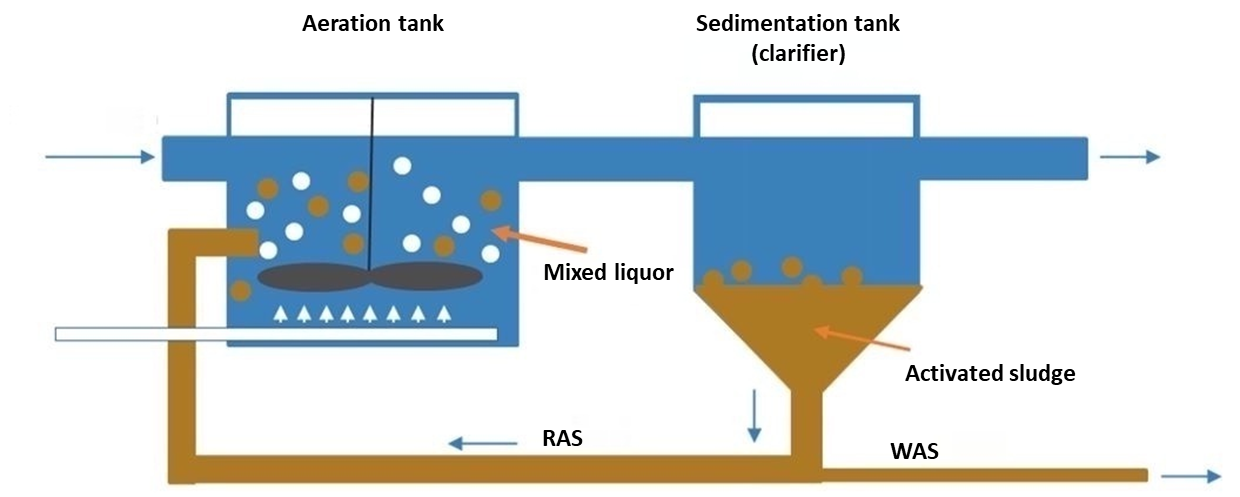

The activated sludge process is not only used in domestic systems, but also in industrial wastewater treatment plants . These systems consist of two main parts: the biozone and the sedimentation tank.
Once the waste enters the reactor, it enters the biozone. Within this area, an air diffuser keeps the bacteria alive by providing oxygen and the bacteria living within the biozone help break down the solids within the system.
Once the effluent has been treated it enters the sedimentation tank, the solids within the water settle to the bottom before re-entering the biozone. Subsequently, the treated wastewater at the top is discharged out of the tank.
Submerged aerated filter plants, also known as SAF, are a widely used option as a wastewater treatment system. These plants require little maintenance, have few mechanical parts and are easy to operate.
For companies looking to reduce some overhead costs, without affecting wastewater quality, these systems are a good option. SAF plants do not require the presence of a regular operator and can be used for both industrial and domestic wastewater treatment.
As mentioned above, these systems have few mechanical parts and therefore require minimal maintenance. SAF plants also typically have an automated sludge removal function for hassle-free operation.
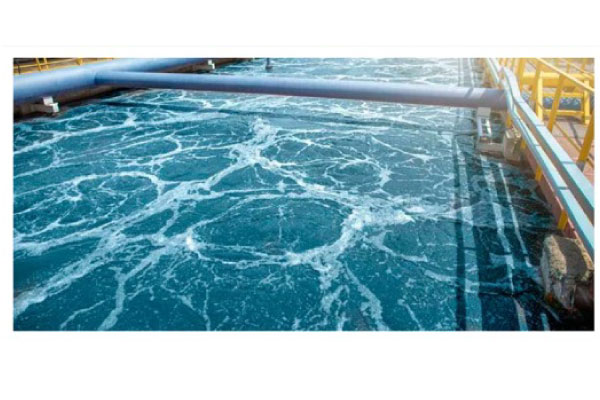

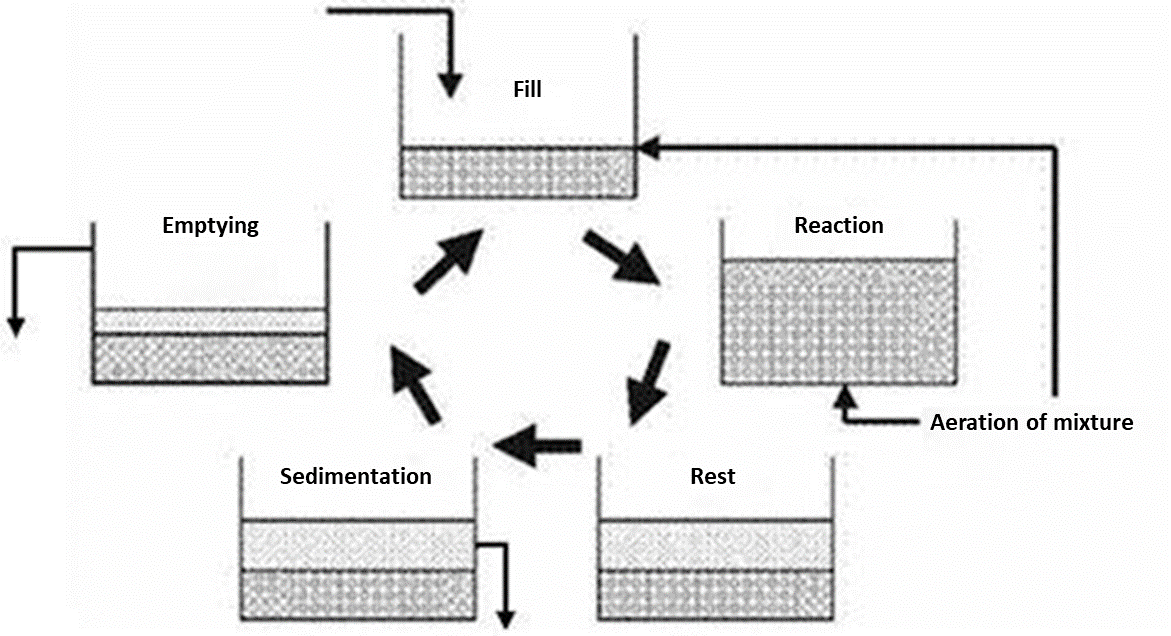

Sequencing batch reactor (SBR) plants process wastewater in a staged process. All steps take place inside the reactor tank itself. These systems are extremely flexible and allow the treatment of different types of wastewater, from very dilute to highly concentrated.
These systems have a primary sedimentation chamber and a secondary treatment chamber. Once the wastewater enters the tank, it flows into the primary chamber, where solids settle to the bottom. Subsequently, the effluent is transferred to the secondary chamber for treatment.
The wastewater is oxygenated with air diffusers that supply oxygen to bacteria that help clean the water and break down solids. After the initial aeration phase, the next step is a resting phase in which the air diffusers stop and the solids begin to sink to the bottom of the tank.
Once the resting phase is completed, a pool of clear water is formed at the top of the water and discharged out of the tank.
A fixed bed reactor plant combines resources and aeration to treat waste from a given area. Unlike most plants, these systems have three chambers: a primary sedimentation chamber, a secondary treatment chamber and a final sedimentation chamber.
First, the waste flows from one zone into the primary sedimentation chamber where the solids sink to the bottom. The wastewater then enters the secondary chamber.
There, the bacteria in the tank help to purify the water, and they receive a constant supply of oxygen from an air diffuser at the bottom. The treated water then passes to the final sedimentation tank, where the suspended solids sink to the bottom and the clean effluent is discharged from the tank.
